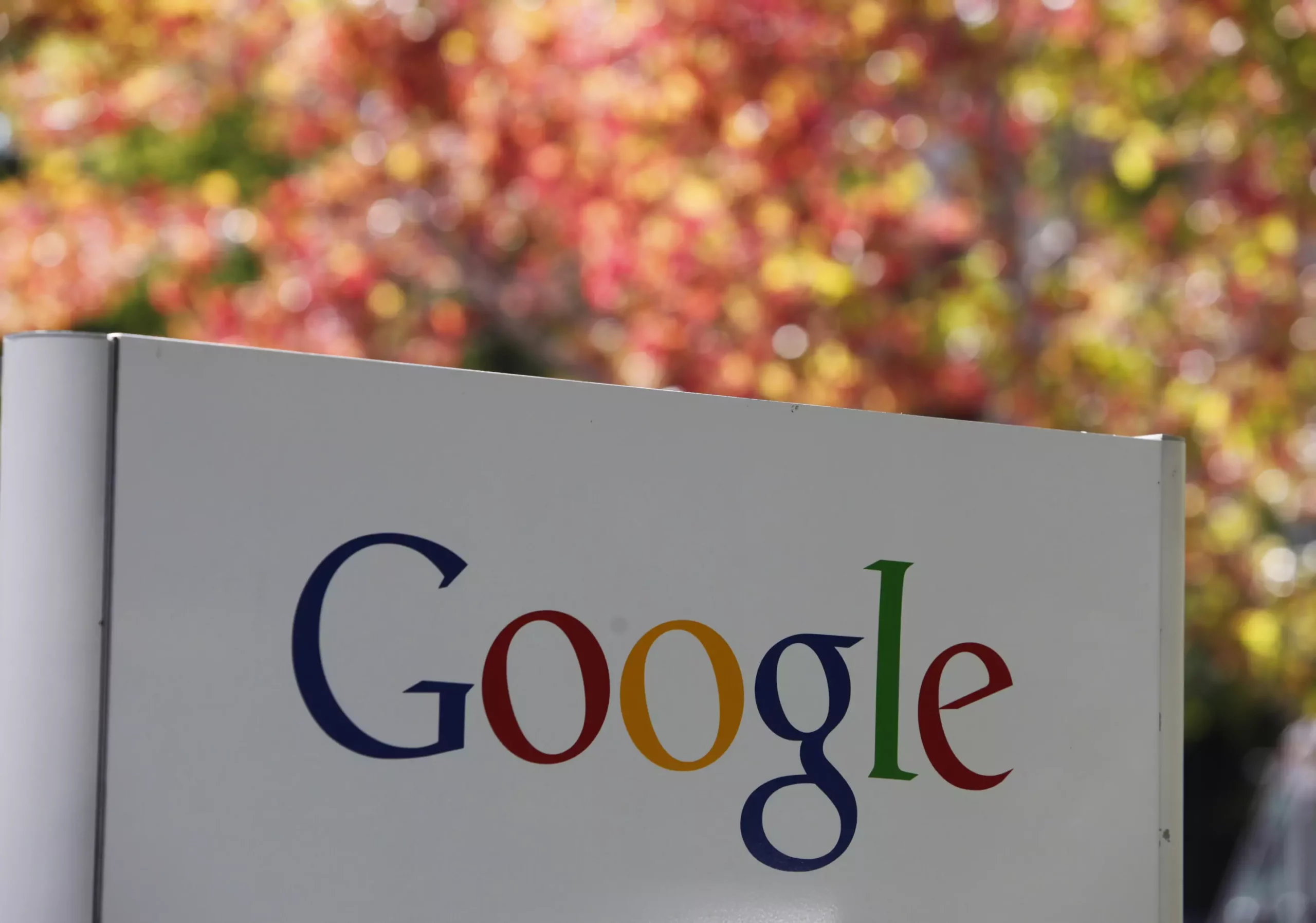In the rapidly evolving landscape of digital advertising, the mechanisms that govern how advertisements are delivered to consumers remain a compelling yet controversial subject. Google, a dominant player in this field, finds itself embroiled in legal chaos, accused by the Justice Department and a coalition of states of fostering an illegal monopoly. This trial, currently underway in Alexandria, Virginia, has the potential to reshape not just Google’s advertising model, but the entire framework of online advertising as we know it.
To understand the gravity of the situation, one must first appreciate the underpinnings of online advertising itself. In essence, when an individual browses a website, a complex network of computer systems immediately goes into action, striving to sell the most relevant advertisements based on a range of factors. Advertisers dream of hitting the right audiences; consumers desire ads that reflect their interests; yet this fine balance raises questions of fairness and competition. Historically, ad display on the Internet has undergone significant transformation. A mere fifteen years ago, ads were markedly less targeted, often spouting generic messages that had little to do with users’ actual interests or needs.
Today, algorithms have taken center stage in the ad delivery process, crafting a more tailored advertising experience. Google, for instance, professes to have invested substantial resources into refining these tools, boasting that they ensure consumers receive enhanced ad relevance. However, skepticism abounds as voices within the Justice Department suggest that Google’s complex web of ad services holds substantial sway in an advertising marketplace that is anything but competitive.
In a calculated bid to bolster its monopoly, the U.S. government alleges that Google rigged the mechanics of automated ad auctions, thereby maximizing its own revenue while undermining competitors. The crux of this controversy lies in three interconnected tools: the ad servers employed by publishers, ad networks used by advertisers, and the ad exchanges that connect the two in real-time. As the trial has unfolded, it has become clear that Google’s ad exchange, known as AdX, was often the default option for publishers, even if better offers were available elsewhere.
The mechanism by which this occurred is indeed alarming. When publishers set a minimum price for ad space, Google’s ad exchange would have the first opportunity to bid. Thus, if Google offered the floor price while other exchanges were prepared to pay more, its bid would prevail, denying publishers higher revenues. This monopolistic practice, alleged by the government, not only compromised marketplace integrity but deprived publishers of millions, potentially billions, in revenues through less competitive auctions.
In response to frustrations regarding Google’s auction format, an alternative emerged known as “header bidding.” This technique allowed publishers to sidestep Google’s control by conducting auctions that were independent of its parameters. Nevertheless, this strategy did not give publishers the freedom they might have hoped for, as even when utilizing different auction frameworks, they remained tethered to Google’s systems through its publisher ad server, DoubleClick for Publishers. The intricacies of this arrangement illustrate the lengths to which publishers must go to gain access to the expansive array of advertisers available through Google.
Despite mounting challenges, Google remains steadfast in its justification for its auction process. The tech giant claims that their methods safeguard ad loading speeds and minimize risks associated with fraudulent ads. Furthermore, Google argues that its innovations over the past decade, notably in real-time bidding practices, have enriched the advertising ecosystem. By effectively matching buys and sells instantaneously, they profess to have enabled higher value transactions for publishers, resulting in increased revenues.
Such assertions reflect Google’s struggle to depict itself as a facilitator of greater choice and efficiency within the digital advertising landscape. However, detractors, including academia and industry insiders, express concern that Google’s mechanisms were fundamentally structured to favor its own products, a claim fortified by evidence presented during the trial.
The ramifications of this trial extend beyond Google; they reflect a systemic issue affecting the broader digital advertising ecosystem. With the Justice Department concurrently pursuing other inquiries into Google’s overarching influence on different market segments, the outcome of the ongoing legal proceedings could redefine the rules of engagement in the digital economy. The fate of Google’s advertising business and its potential to perpetuate monopolistic behavior hangs in the balance, highlighting a necessary dialogue on ethics, competition, and the future of online advertising. As the trial continues to unravel the complexities of Google’s practices, the implications for consumers, advertisers, and publishers alike are profound, emphasizing the urgent need for a more equitable digital marketplace.


Leave a Reply